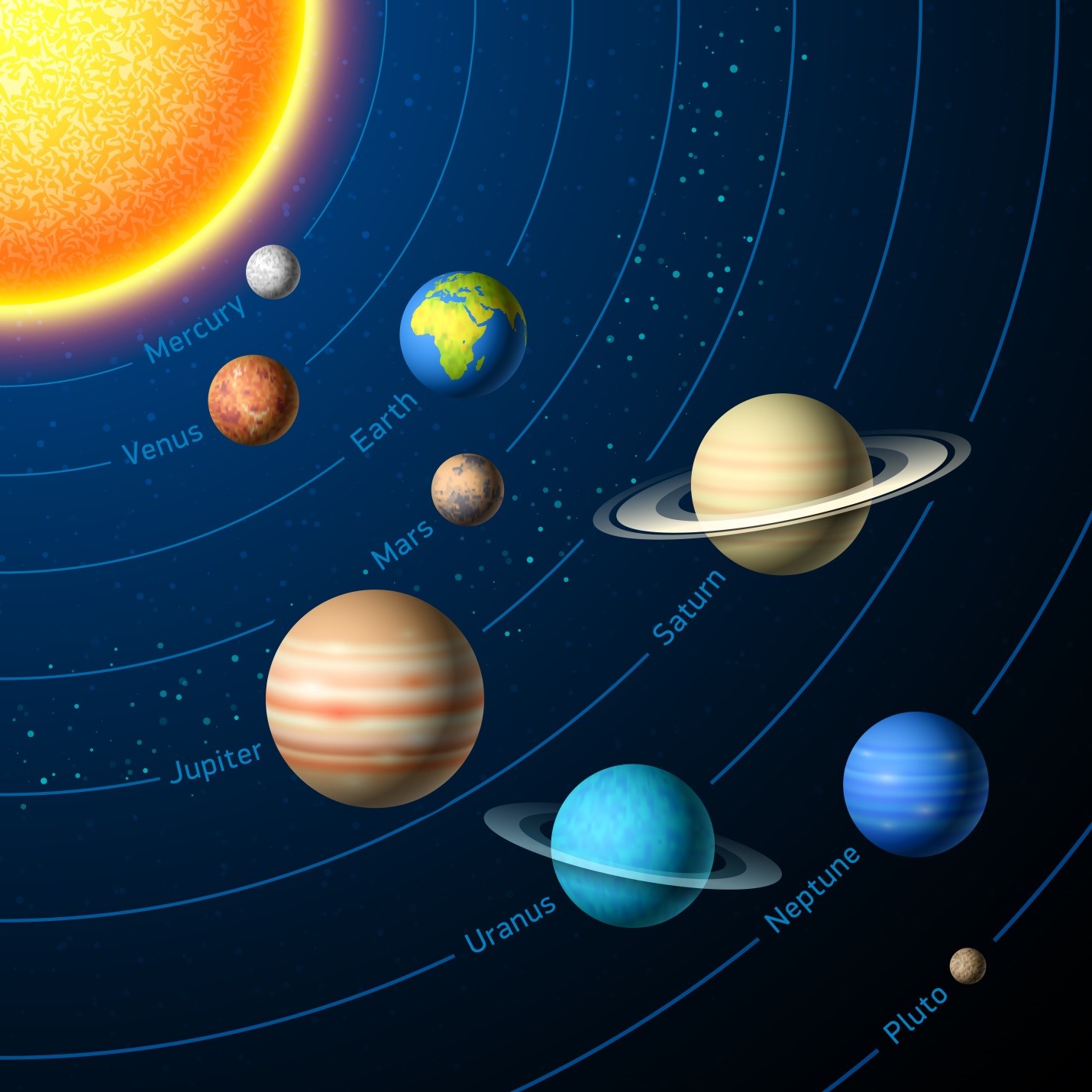Astrological connections with the markets are simply another form of technical analysis., writes Susan Abbott Gidel, editor of the Red Letter Trading Days newsletter.
Astrological connections with the markets are simply another form of technical analysis. It is particularly suited to the timing aspect of trading because it is easily known when the planets in the sky will be in certain positions and energizing a particular market at a particular time—to the minute, hour, day, week, year and decades into the future.
Planet positions at trend changes
Because the trend is your friend, the most interesting application of astrology is how it can help identify significant turning points in the markets. Day-trading is not my focus. I’m interested in understanding the big changes in trend, and projecting when they might occur again.
To that end, I researched from an astrological perspective the significant highs and lows seen on monthly price charts starting in 1970 or at contract inception for six major commodity futures markets: S&P 500, gold, crude oil, soybeans, Euro FX and the10-year Treasury-note. My goal was to see if the planets made similar connections to the futures contract’s first-trade horoscope at either highs or lows. The answer was yes, and I published those findings in my 2018 book, Trading In Sync with Commodities—Introducing Astrology to Your Financial Toolbox.
The weekly information we will publish on MoneyShow.com is based on these trend-change findings. Of course, with every new high and low there is more information to examine, absorb and consider. As with all market analysis, this is about finding an edge, not the Holy Grail.
First-trade data
Critical to this type of astrological analysis is the date, time and location of when the futures contract first opened for trading. This is where I took a page out of the book of my financial astrology elders, who have long applied planetary transit analysis to individual stocks. The difference is that the New York Stock Exchange has had just three different opening bells since 1792, so the time for the first-trade is pretty easy to figure out.
In contrast, futures contracts have no standard opening bell. It can vary by exchange, product and even opening-day ceremonies. My research has gone to great lengths to ensure accurate first-trade data for the six markets detailed in my book. A word of warning, first-trade dates published by the Commodity Futures Trading Commission and exchanges include human error so I rely only on my own, provable research, preferably based on official exchange documents at the time of launch.

Planetary price conversions
Besides looking at how transiting planets are interacting with a market’s first-trade chart, another way astrology can help traders is in providing target support/resistance prices.
The way it’s done is to convert the zodiacal degree position into a single number from 0-360, the number of degrees in a circle. For example, a planet at 10 Aries, the first sign of the zodiac, would have a price conversion equal to 10. The second sign of the zodiac, Taurus, starts at 30 degrees on the 360-degree wheel, so a planet at 10 Taurus would convert to a price of 40 (30 + 10).
I’ve converted all the planets as well as the four “angles” of each market’s natal horoscope into prices using this method. It’s fascinating to see certain planetary prices come into play as important support and resistance areas on long-term charts.
Open-door policy
Astrological analysis of the markets is fascinating and intriguing. If you agree, please feel free to email me at susan@susangidel.com with any particular questions or comments you might have.





















